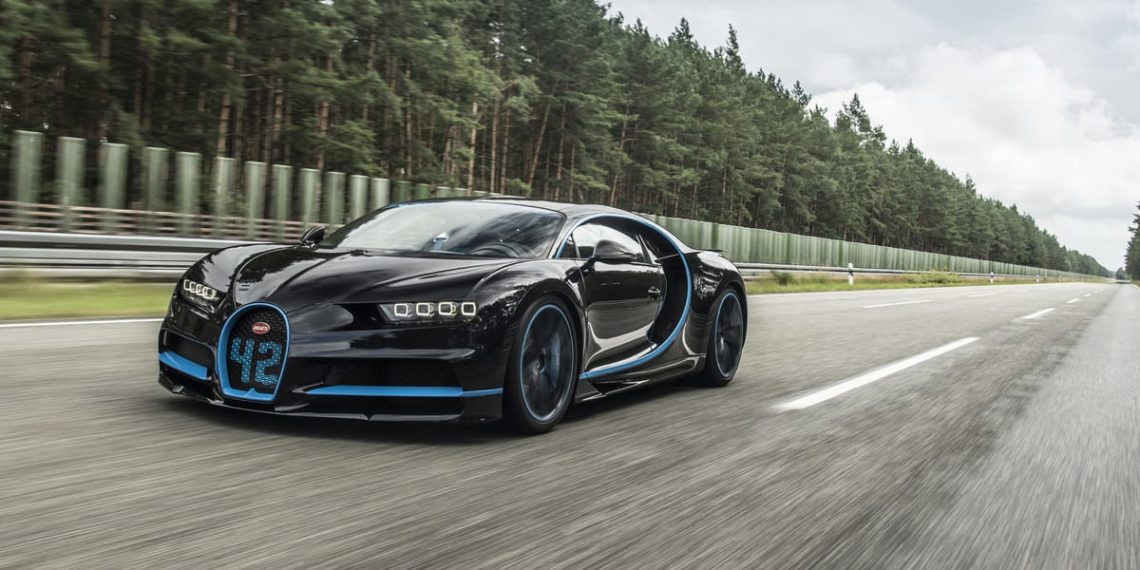Romano Artioli wanted a carbon fiber supercar with four turbochargers. It had to look good, so he entrusted the design to Marcello Gandini. It had to have an amazing name, so he purchased the rights to Bugatti in 1987. The first modern Bugatti was unveiled in 1991, and you might not realize how much it influenced their latest models. In a press release earlier today, we learned how much they have in common. So without further adieu, let’s investigate the Bugatti Chiron versus the EB 110 with decades of innovation.
Pushing the limits of 80’s technology, the one-piece carbon fiber chassis was supplied by aerospace company Aérospatiale. Owned by the government of France, they had a vested interest in building the world’s fastest car. Today the company is known as Airbus. For power, engineers developed a new 3.5L V12 with individual throttles for each cylinder.
[soliloquy id=”152958″]
Four turbos allowed the six-speed transmission to receive 560 horsepower and 451 lb-ft of torque. It was sent to all wheels by a permanent AWD system. This allowed it to leap to 62 mph in 3.3 seconds, with all other performance statistics eclipsing every other car from this era. Jay Leno was so impressed that he ordered a spare engine so it could be on display.
[soliloquy id=”152961″]
Only 128 cars were built over the 4-year span, and Artioli found himself bankrupt after purchasing Lotus. Fast forward 25 years and the Chiron seems lightyears ahead of its predecessors. The Chiron arrived in 2016 with the engineering expertise of the Volkswagen Group. It also has four turbochargers, with the addition of four cylinders. This yields 1,500 horsepower and 1,180 lb-ft of torque to a 7-speed dual-clutch automatic. Like the EB 110, the Chiron has a carbon fiber body and AWD. The goal with each Bugatti is to build a work of art that is not comparable to any other, in any way. Ettore Bugatti summarized it by saying ” If it’s comparable, it’s not a Bugatti.”
Related:





